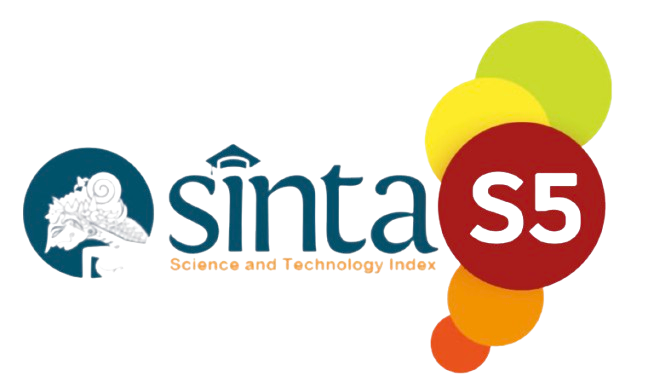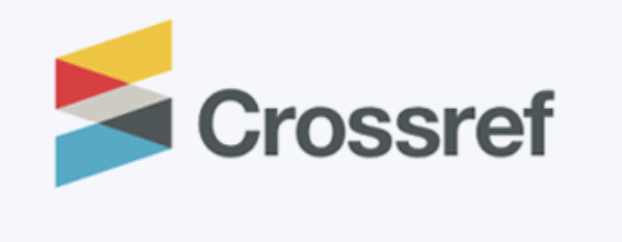Correlation of Figurative Language Mastery, Interest in Reading Short Stories, and The Ability to Appreciate Short Stories
Keywords:
figurative language, interest in reading short stories, appreciating short storiesAbstract
The purpose of this study was to determine and describe the correlation between figurative language mastery and interest in reading short stories with the ability to appreciate short stories in class VIII SMP Al Azhar 3 Bandar Lampung in the 2018/2019 academic year. The population and sample in this study were all students of Class VIII Al Azhar 3 Bandar Lampung. Because the subject was more than 100, then in this study a sample of 25% was taken. So the number of samples is 25% x 256 = 64 students. The research method used was quantitative to determine the magnitude of the correlation between variables. In fact, there were still many inappropriate use of vocabulary and the students' mastery of effective sentences was still lacking. The formulation of the problem in this thesis research was whether there was a correlation between mastery of figurative language and interest in reading short stories with the ability to appreciate short stories in class VIII SMP Al Azhar 3 Bandar Lampung in the 2018/2019 academic year. The results of the analysis and findings in this study could be concluded that: 1) Mastery of figurative language had a significant correlation with the ability to appreciate short stories with a correlation coefficient of 0.630, 2) Mastery of reading short stories had a significant correlation with appreciating short stories with a correlation coefficient of 0.693, and 3) Mastery of figurative language and mastery of interest in reading short stories had a significant correlation together with the ability to appreciate short stories with a correlation coefficient of 0.733.
References
Arikunto, S. (1998). Manajemen Penelitian. Jakarta : Depdiknas.
Depdikbud. (1995). Kamus Besar Bahasa Indonesia. Jakarta. Balai Pustaka.
Keraf, Gorys. (1994). Diksi dan Gaya Bahasa. Jakarta : Gramedia Pustaka Utama.
Kosasih, E.(2004) Ko[etensi Keterbahasaan dan Kesustastraan Cermat Berbahasa Indonesia untuk SMA, MA, dan SMK. Bandung : Yrama Widya.
Kosasih. (2008). Ketatabahasaan dan Kesusastraan. Bandung: Yrama Widia
Lestari, S. I. ., Alfiawati, R. ., & Sudarmaji, S. (2018). The Social Criticism on the Anthology of Poetry Portrait of Development by WS Rendra. IJLHE: International Journal of Language, Humanities, and Education, 1(2), 45–58.
Nurgiyantoro, Burhan. (1998). Penelitian dan Pengajar Bahasa dan Sastra. Yogyakarta: BPFE
Pradopo, Rachmat Djoko.(1997). Beberapa Teori Sastra, Metode Kritik, dan Penerapannya. Yogyakarta: Pustaka Pelajar.
Sari, R. ., Surastina, S., Sutiyono, A. ., & Anggraini, T. R. . (2018). The Didactic Values in The Novel Of 9 Summers 10 Autumns. IJLHE: International Journal of Language, Humanities, and Education, 1(2), 21–26.
Sayuti, S. A. (2008). Berkenalan dengan Prosa Fiksi. Yogyakarta : Gama media.
Semi. (1993). AnatomiSastra. Padang: Angkasa Raya.
STKIP-PGRI Bandar Lampung. 2010. Pedoman Penulisan Tesis. Bandar Lampung: STKIP-PGRI Bandar Lampung.
Surastina. (2019). Kesantunan Berbahasa dalam Interaksi Pembelajaran Bahasa Indonesia. Jurnal Kajian Bahasa dan Sastra, Vol. 1, No. 2 (2019), hal. 107-122. http://jur006Eal.stkippgribl.ac.id/index.php/ksatra/article/view/401
Surastina. (2020). Pengantar Bahasa Indonesia. Yogyakarta: CV. Elmatera Publishing.
Tarigan, Hendri Guntur. (2008). Menulis Sebagai Keterampilan Berbahasa. Bandung: Angkasa.
Wicaksono, Andri, dkk. (2018). Tentang Sastra : Orkestrasi Teori dan Pembelajarannya. Yogyakarta: Garudhawaca.













